Introduction

Stainless steel is a versatile and durable material used in various industries and applications. Understanding the basics of stainless steel, exploring the most common grades, and making sense of the different types are essential for making informed decisions. Whether you're a professional in the industry or a consumer looking for the best stainless steel products, knowing the difference in stainless steel grades is crucial.
Understanding the Basics of Stainless Steel
Stainless steel is an alloy made from iron, chromium, and other elements like nickel and molybdenum. It is known for its corrosion resistance, strength, and aesthetic appeal. This material is widely used in construction, automotive, medical devices, and kitchenware due to its versatility and hygienic properties.
Exploring the Most Common Grades
The three most common grades of stainless steel are 304, 316, and 420. Each grade has its unique properties that make them suitable for specific applications. Understanding the differences between these grades will help you choose the best option for your needs.
Making Sense of the Different Types
There are various types of stainless steel available in different forms such as sheets, bars, pipes, and tubes. Each type has specific characteristics that make it suitable for particular uses. Knowing which type to choose can be overwhelming but understanding their properties can help you make an informed decision.
Stainless Steel 101
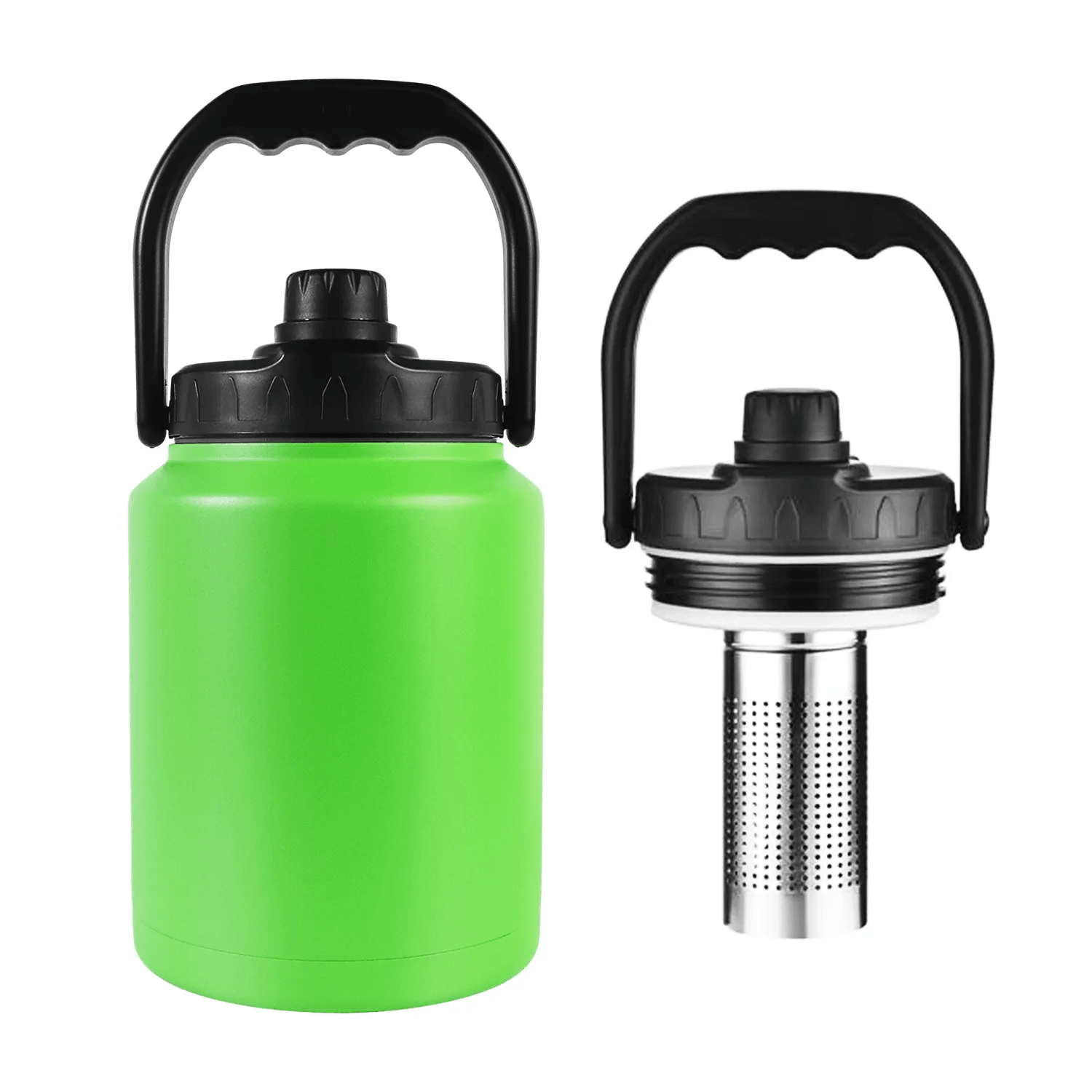
Properties and Composition
Stainless steel is an alloy composed of iron, carbon, and a minimum of 10.5% chromium, which gives it its corrosion-resistant properties. Other elements such as nickel, molybdenum, and titanium may also be added to enhance specific properties. This unique composition makes stainless steel highly resistant to rust and staining, making it ideal for various applications.
Common Applications
Stainless steel is widely used in the manufacturing of kitchen appliances, cookware, surgical instruments, and cutlery due to its hygienic properties and resistance to corrosion. It is also commonly used in construction for architectural cladding, handrails, and roofing due to its aesthetic appeal and durability. In the automotive industry, stainless steel is utilized in exhaust systems and trim components due to its high temperature resistance.
Benefits of Stainless Steel
The benefits of stainless steel are vast - it is durable, versatile, low maintenance, and has a long lifespan. Its resistance to corrosion makes it suitable for use in harsh environments such as chemical plants and coastal areas. Additionally, stainless steel is recyclable and sustainable, making it an environmentally friendly choice for various applications.
Remember that when choosing the right grade of stainless steel for your project or application needs careful consideration of factors like environment exposure or required strength levels.
Grades of Stainless Steel
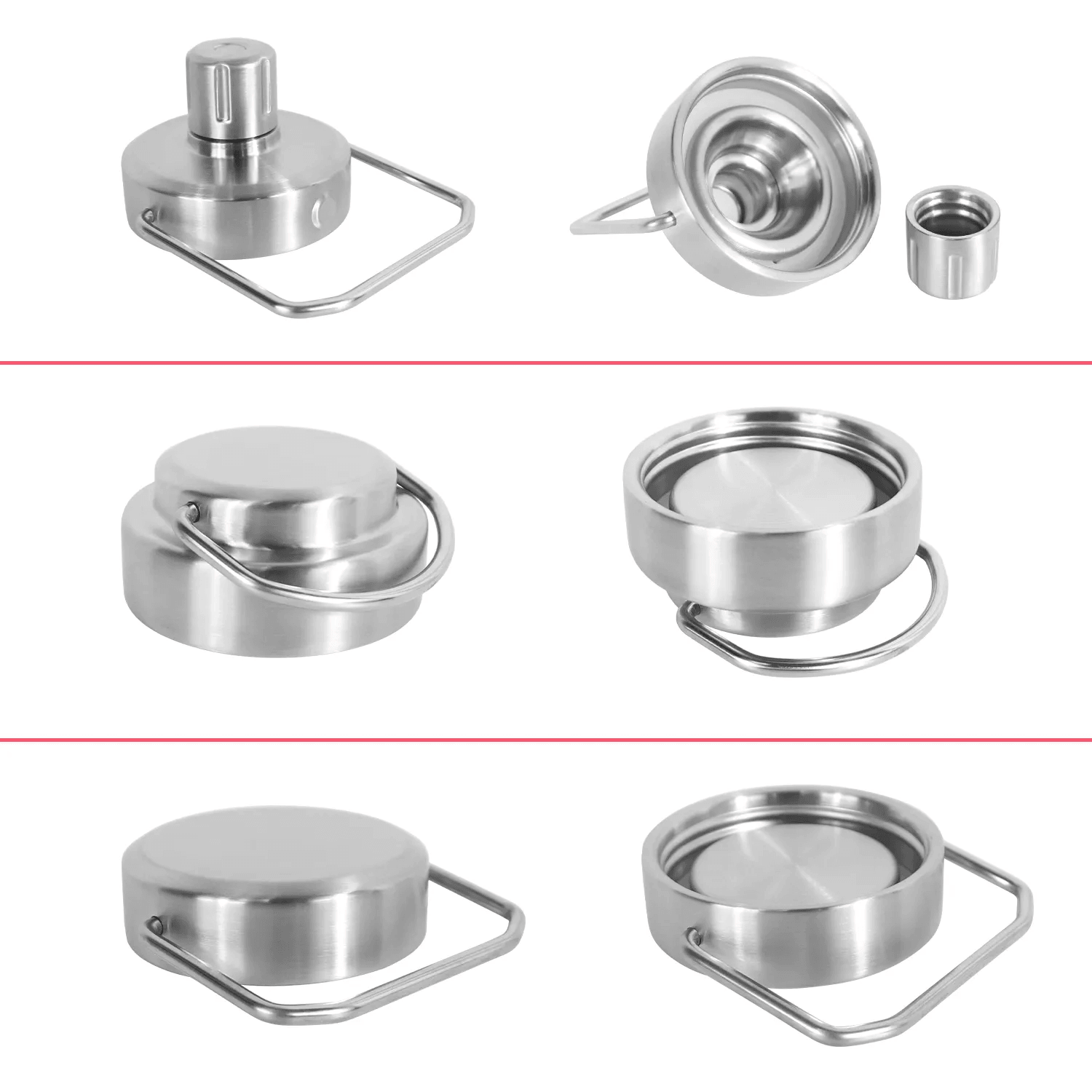
When it comes to stainless steel, the most common grades are 304, 316, and 420. Each of these grades has its own unique properties and applications, making them suitable for different uses. Understanding the difference in stainless steel grades is crucial in choosing the right material for your specific needs.
304, 316, and 420 Comparison
Grade 304 is a versatile and widely used stainless steel that offers good corrosion resistance, ease of fabrication, and excellent formability. Grade 316, on the other hand, is known for its superior corrosion resistance, particularly against chlorides and acids. Meanwhile, grade 420 is a high-carbon steel known for its strength and hardness.
Corrosion Resistance
Corrosion resistance is a key factor to consider when selecting a stainless steel grade. Grade 316 stands out for its exceptional resistance to corrosion in harsh environments such as marine settings and chemical processing plants. Grade 304 also offers good corrosion resistance but may not be as effective in highly corrosive environments.
Durability and Strength
In terms of durability and strength, grade 420 stainless steel takes the lead due to its high carbon content which provides excellent strength and hardness properties. This makes it suitable for applications requiring high wear resistance such as surgical instruments and cutting tools.
Now that we've compared the three most common types of stainless steel grades - 304, 316, and 420 - it's important to consider your specific needs when determining which grade is best for you. Factors such as environmental conditions, performance requirements, and budget should all be taken into account before making a decision on which grade to use for your project or application.
Which is better between grade 304 or grade 316 stainless steel? The answer depends on the specific requirements of your project. If you need superior corrosion resistance in harsh environments with exposure to chlorides or acids, then grade 316 would be the better choice. However, if you prioritize cost-effectiveness without compromising on quality in less demanding environments, then grade 304 may be more suitable.
In contrast to comparing grades like 304 vs.320 stainless steel – where one excels in corrosion resistance while the other boasts higher strength – deciding between grade 304 or grade 420 stainless steel comes down to your specific application needs. If you require exceptional wear resistance for cutting tools or surgical instruments where hardness is crucially important then go with grade 420; if not then stick with grade 304's versatility at a lower cost.
By understanding the differences between these stainless steel grades - their properties like corrosion resistance or durability - you can make informed decisions that align with your project needs while ensuring optimal performance over time.
Choosing the Right Grade
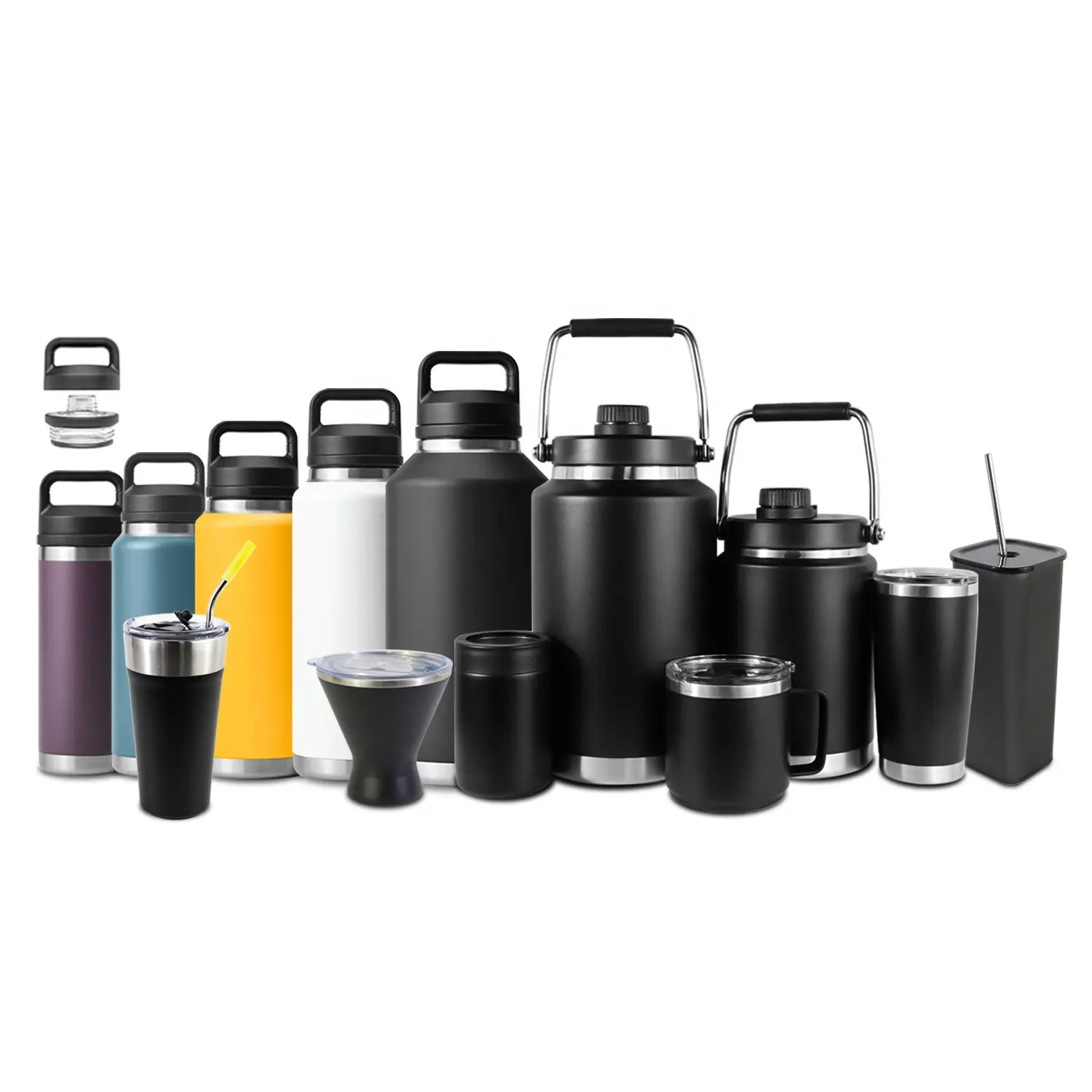
When it comes to choosing the right grade of stainless steel, there are several factors to consider. The most important ones include the level of corrosion resistance required for your specific application, the strength and durability needed, and the performance of the grade in different environments. By carefully evaluating these factors, you can determine which grade is best suited for your needs.
Factors to Consider
In order to choose the right grade of stainless steel, it's essential to consider factors such as the intended use of the material, exposure to corrosive elements, and the required strength and durability. For example, if your project involves applications in a highly corrosive environment, you'll want to prioritize grades with high corrosion resistance such as 316 stainless steel.
Performance in Different Environments
Different grades of stainless steel perform differently in various environments. For instance, while 304 stainless steel is suitable for use in most indoor environments due to its resistance to corrosion and oxidation, 316 stainless steel is better suited for outdoor or marine applications where exposure to harsh elements is a concern.
Which Grade is Best for Your Needs?
Ultimately, the best grade of stainless steel for your needs will depend on a combination of factors including environmental conditions, required strength and durability, as well as budget considerations. It's important to weigh these factors carefully in order to make an informed decision that will ensure optimal performance and longevity for your projects.
Applications of Stainless Steel
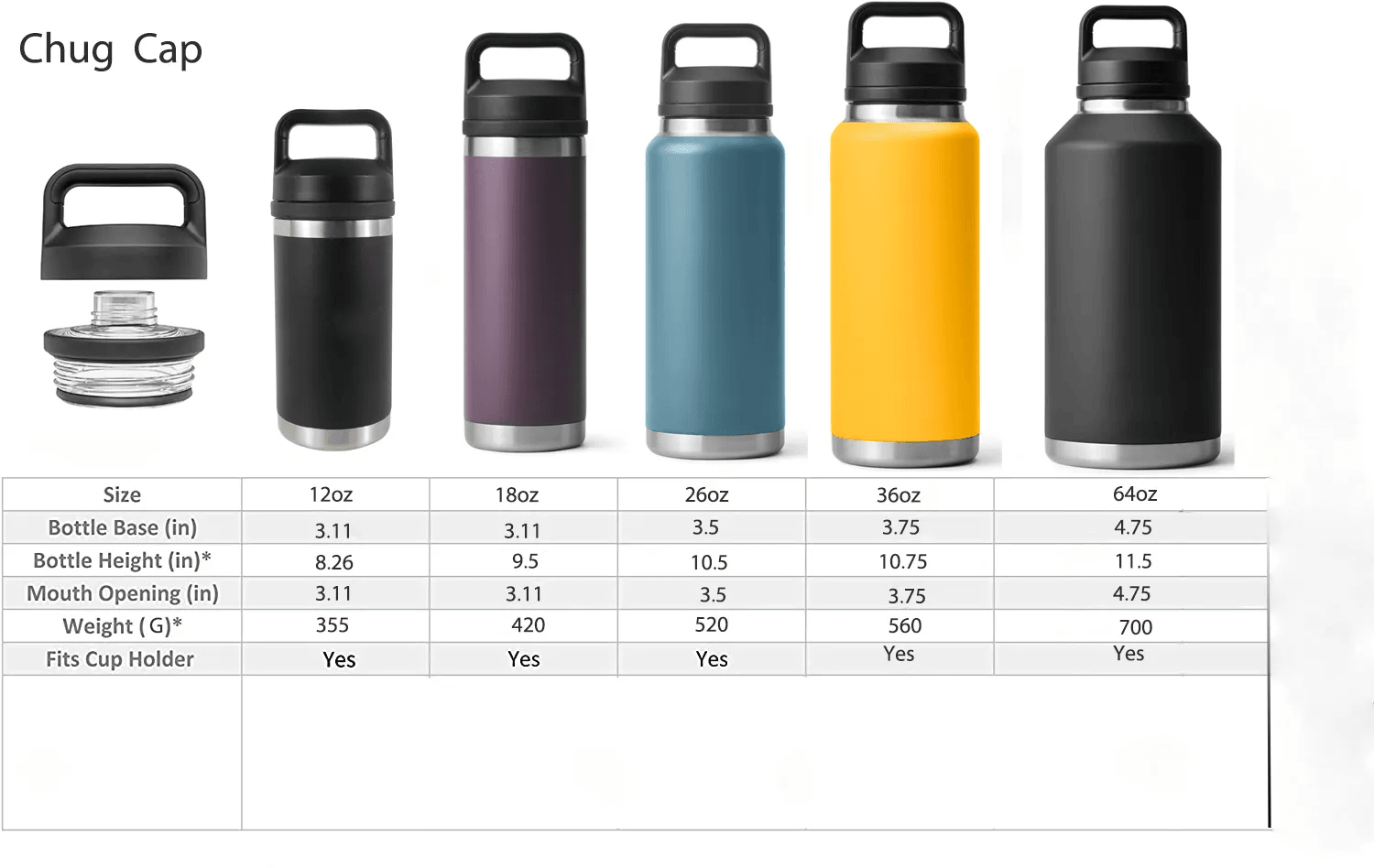
Stainless steel finds extensive use in industrial and commercial settings, thanks to its corrosion resistance and durability. It is commonly used in manufacturing equipment, storage tanks, and piping systems in chemical plants, food processing facilities, and pharmaceutical industries. The high strength and hygienic properties of stainless steel make it an ideal choice for these applications.
Industrial and Commercial Use
Stainless steel is the material of choice for industrial and commercial use due to its exceptional corrosion resistance, making it suitable for harsh environments. It is widely used in the construction of chemical processing equipment, heat exchangers, and storage tanks. Its ability to withstand high temperatures also makes it a popular choice for manufacturing equipment in various industries.
Consumer Products
In the consumer products sector, stainless steel is utilized in a wide range of items such as kitchen appliances, cookware, flatware, and even jewelry. Its aesthetic appeal coupled with its resistance to staining and rusting makes it a popular material for these products. Stainless steel's low maintenance requirements also contribute to its widespread use in consumer goods.
Automotive and Aerospace Industries
The automotive and aerospace industries rely on stainless steel for components that require high strength, corrosion resistance, and heat tolerance. From exhaust systems to structural components, stainless steel plays a crucial role in ensuring the performance and longevity of vehicles and aircraft. Its lightweight nature also makes it an attractive option for these applications.
Maintenance and Care
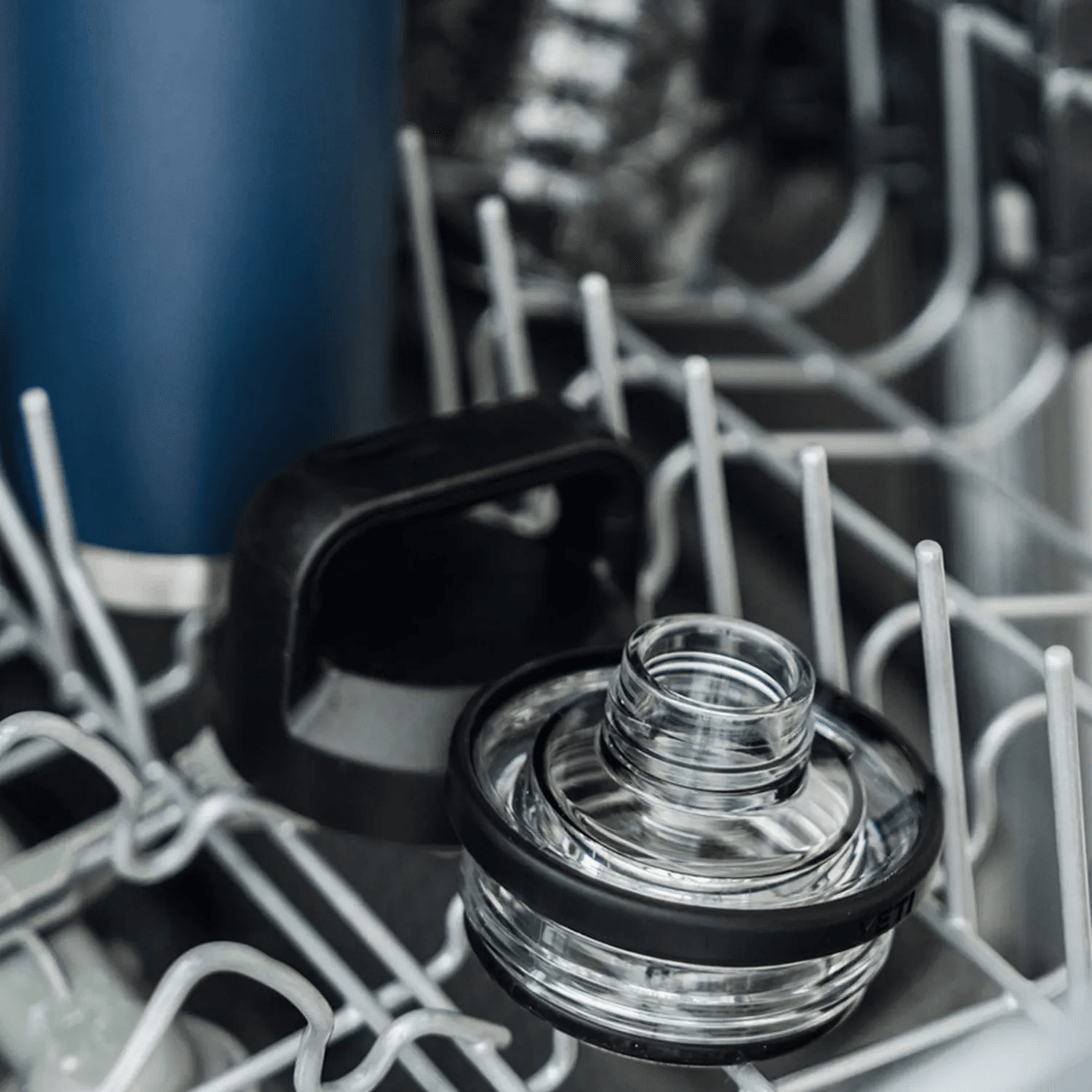
Cleaning and Preservation Tips
When it comes to maintaining stainless steel, regular cleaning is key. Use a mild detergent or a solution of water and vinegar to clean the surface, followed by a thorough rinse and drying with a soft cloth to prevent water spots. To preserve the sleek appearance, avoid using abrasive cleaners or steel wool, as they can scratch the surface.
Extending the Lifespan
To extend the lifespan of stainless steel, it's important to address any signs of corrosion promptly. Regularly inspect the surface for any discoloration or rust spots, especially in high humidity or saltwater environments. Applying a protective coating or passivation treatment can also help prevent corrosion and prolong the lifespan of stainless steel.
Ensuring Optimal Performance
To ensure optimal performance of stainless steel, consider factors such as temperature, exposure to chemicals, and mechanical stress in your maintenance routine. Proper storage and handling can also contribute to maintaining its performance over time. By addressing these aspects in your care routine, you can maximize the longevity and functionality of stainless steel in various applications.
Conclusion

When it comes to selecting the best stainless steel for your needs, it's important to consider the specific requirements of your project and the environment in which it will be used. Understanding the difference in stainless steel grades, such as 304, 316, and 420, is crucial in making an informed decision. Each grade has its own unique properties and benefits, so it's essential to weigh these factors against your project's needs.
Selecting the Best Stainless Steel for Your Needs
To determine which grade is best for stainless steel, consider factors such as corrosion resistance, durability, and strength. For applications that require high corrosion resistance and excellent formability, 316 stainless steel is a popular choice. On the other hand, 304 stainless steel is suitable for a wide range of applications due to its good corrosion resistance and ease of fabrication. When it comes to high wear resistance and moderate corrosion resistance, 420 stainless steel stands out.
Key Takeaways on Stainless Steel Grades
The three grades of stainless steel – 304, 316, and 420 – each offer unique advantages depending on the specific requirements of your project. Understanding their differences in terms of composition and properties can help you make an informed decision when choosing the right grade for your needs.
Choosing the right grade of stainless steel is crucial for the success of your project. While 304 stainless steel is known for its excellent corrosion resistance and ease of fabrication, 316 stainless steel offers superior corrosion resistance and is ideal for use in harsh environments. On the other hand, 420 stainless steel is valued for its high hardness and wear resistance, making it suitable for applications that require durability and strength. Understanding these distinctions will enable you to select the most suitable grade based on the specific demands of your project.
Making Informed Decisions for Your Projects
By considering factors such as performance in different environments and specific application requirements, you can make informed decisions when selecting a stainless steel grade for your projects. Whether it's for industrial use, consumer products, or automotive and aerospace industries, understanding the characteristics of each grade will help ensure optimal performance and longevity.
By understanding the specific application requirements for your project, you can narrow down the options and select the stainless steel grade that best fits your needs. For example, if you are working on a project that requires resistance to corrosion and high temperatures, you may want to consider grades such as 316 or 310. On the other hand, if your project involves exposure to harsh chemicals, grades like 304 or 317 may be more suitable. Taking these factors into account will help you make an informed decision that ensures the longevity and performance of your project.
